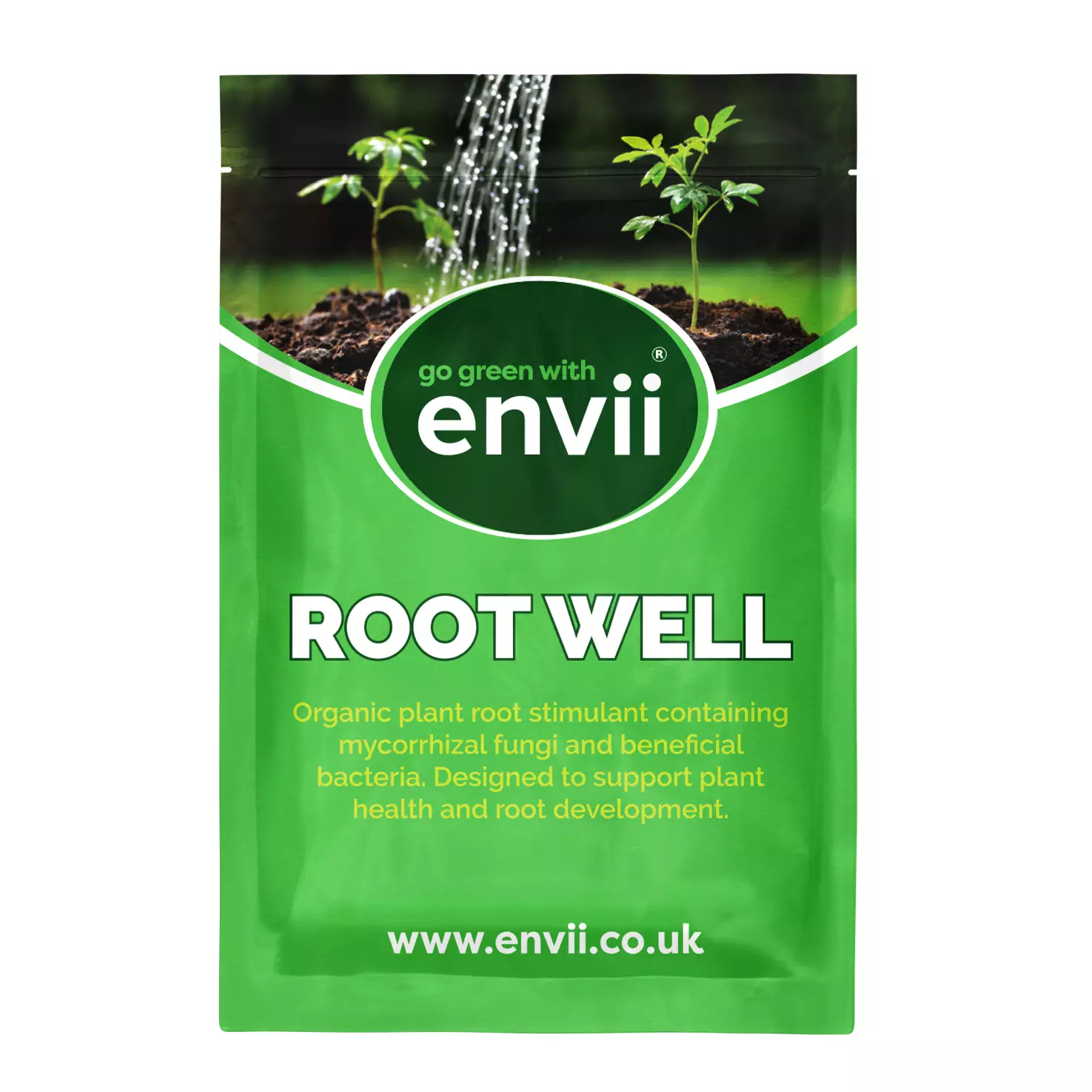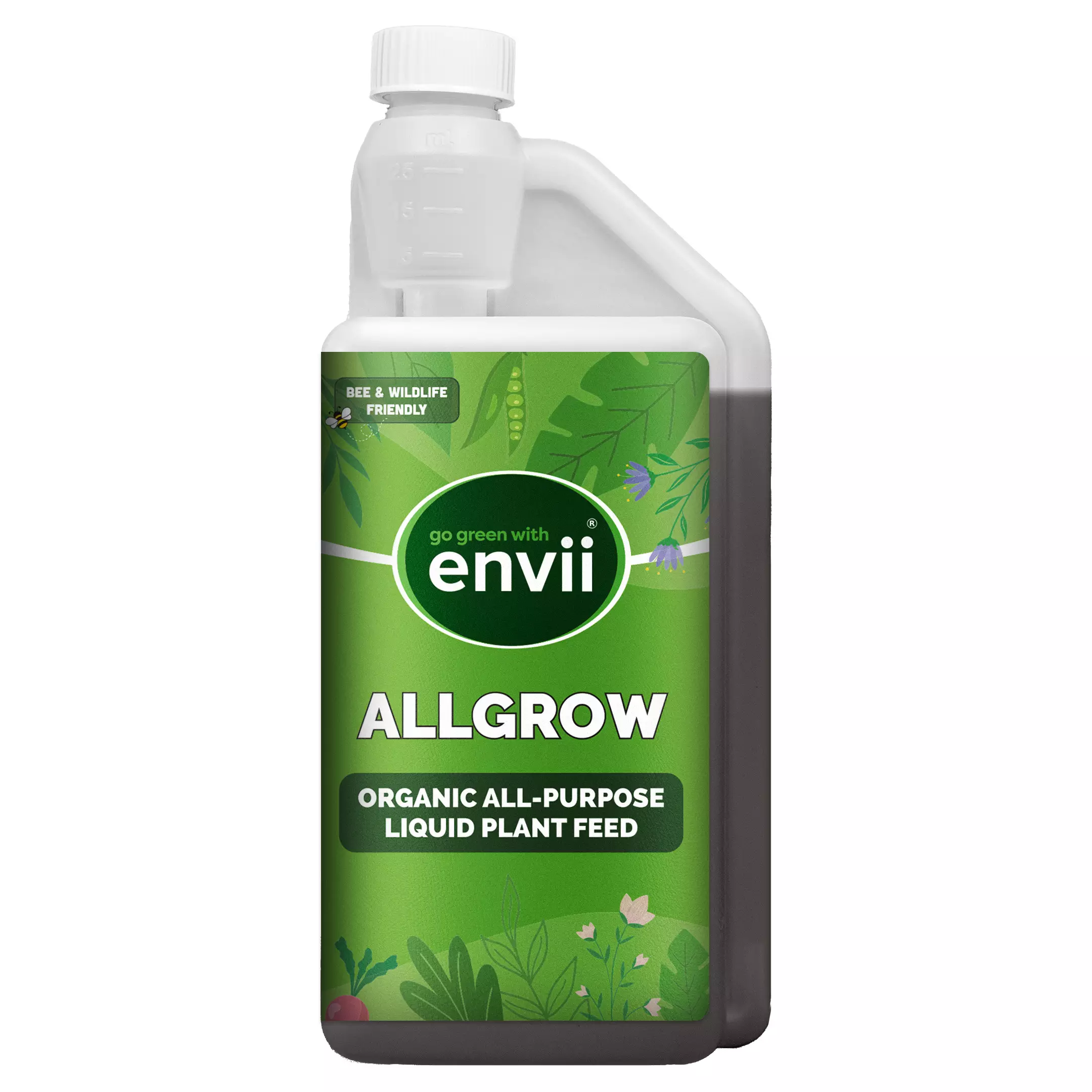Roses epitomise the quintessential charm of English cottage gardens with their highly fragrant, multi-bloomed, or brightly coloured flowers. These showstoppers are simply irresistible, and why would you not want to multiply your plants without the added expense?
We’re delving into how to grow roses from cuttings, exploring how, when and why you should try propagating your own plants. Join us as we break down the process for successful propagation.
Jump to section:
How are roses grown commercially
In a commercial setting, growers often cultivate roses on rootstocks. These are essentially just rose plants prized for their strong and well-branching root systems rather than their blooms.
Many modern rose varieties boast desirable traits like high scent or vibrant colours but may not thrive on their own roots. To overcome this, growers trim the rootstock, leaving only the roots and a short stem, and then graft a desired named rose variety onto it.
Successful grafting allows for the formation of a vascular connection, enabling the flow of water and nutrients between the two plants.
Commercial rose cultivation often relies on grafting techniques to propagate varieties onto rootstocks. However, you can easily propagate your own roses at home through a straightforward method: taking cuttings.
This simple approach allows you to expand your garden collection with your favourite roses without the need for grafting procedures.
Additionally, while growing roses from seed is possible, it’s worth noting that the resulting plants won’t be identical to the parent and will take much longer to reach maturity.
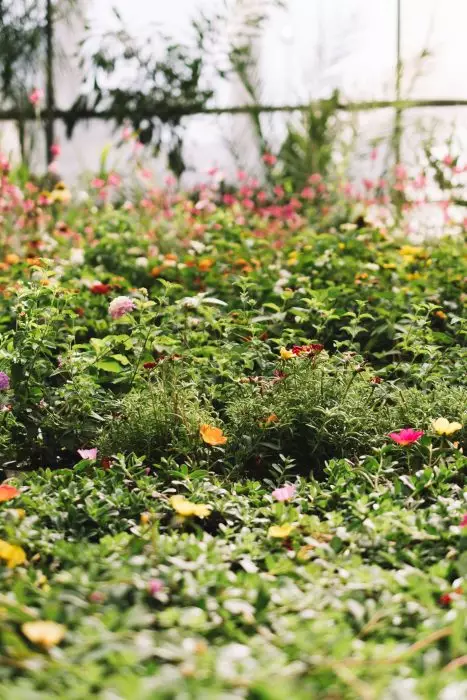
When to take rose cuttings
You can take rose cuttings at almost any time of the year.
Softwood cuttings are taken from actively growing stems, while hardwood cuttings are harvested from dormant, mature stems.
Hardwood cuttings, taken from woody stems in late autumn or winter, root more slowly but are still effective, taking several months to establish roots. Alternatively, opt for softwood cuttings, harvested from young, flexible stems in late spring to early summer. Softwood roots relatively quickly due to their active growth, typically rooting within 10-14 days.
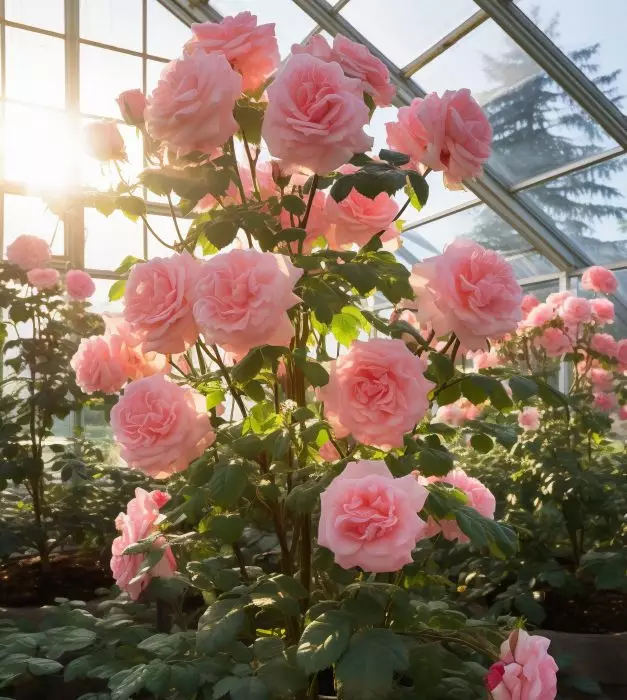
How to take rose cuttings step-by-step
You will need: sharp, clean secateurs, rooting hormone, a container, potting mix containing peat-free compost and plenty of horticultural grit or perlite.
(1) Snip a healthy rose stem approximately 20-25 cm long.
(2) Retain one set of leaves towards the top and remove the rest.
(3) Ensure a fresh cut at the base and dip it into rooting hormone.
(4) Plant the stem a few centimetres deep in a container filled with potting mix. Multiple stems can be placed in a single pot for this initial stage.
(5) Thoroughly water the soil and cover with a plastic bag to retain moisture.
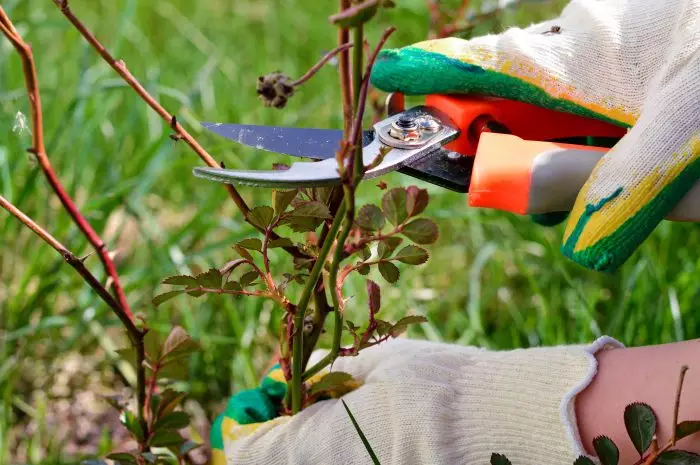
Watch our guide to taking plant cuttings:
Growing on and developing healthy roots
Ensure that the soil is kept moist and the plant is covered while the cuttings are taking root. Only open the bag every few days to allow some airflow in.
Cuttings should root successfully within 2 weeks. You can test this by gently pulling on the cutting to see if there is some resistance.
Once the roots have sufficiently developed, the new plants can be moved to more permanent homes in their own pots or in the ground.
To better establish your plants, consider applying Root Well around the base of your plants. Root Well is comprised of an organic blend of mycorrhizal fungi and beneficial bacteria. It is capable of treating up to 80 plants and promotes healthier root development, enhanced water and nutrient uptake and overall plant vigour.
Check out our blog for 3 reasons why you should improve your plant’s roots.
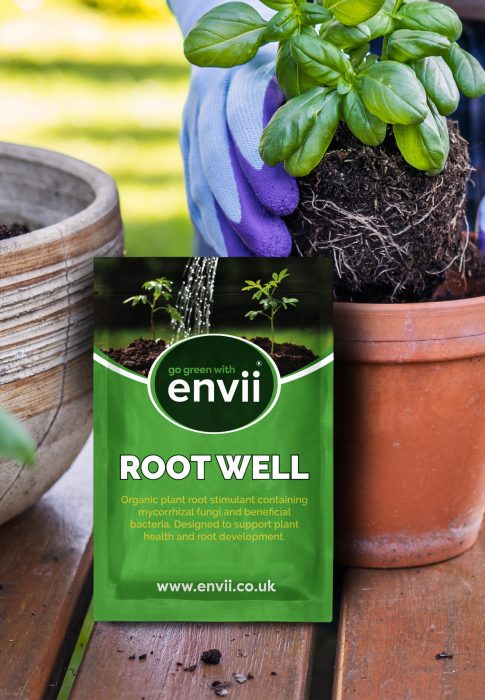
Myth busting
Although rooting stems in water is sometimes possible, this method often yields a lower success rate and lacks essential nutrients once roots develop. Some people have used potatoes to stick their cuttings in for better rooting, but this step is unnecessary. While it may keep your cutting moist, it won’t contain as much growth hormone as adding actual rooting powder.
Related Products
-
 New in
New in
Envii Root Well
£9.99Organic blend of mycorrhizal fungi & bacteria, helps to improve nutrient uptake in plantsAdd to Basket -
 New in
New in
Envii Allgrow
£10.99Organic multi purpose plant feed for use on all plantsAdd to Basket

 Call us on 01246 240880
Call us on 01246 240880 Sign-up and receive 10% off
Sign-up and receive 10% off
